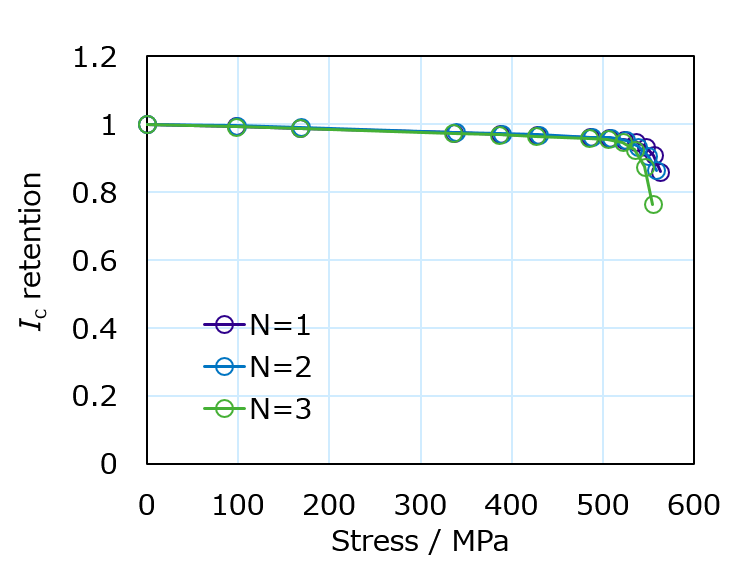WB1-2-INV
Recent Progress of DI-BSCCO (Bi2223) Wires and Their Applications
Dec.1 08:20-08:40 (Tokyo Time)
Sumitomo Electric Industries, LTD. Japan1
After the over-pressure sintering method and the pre-tensioned lamination techniques were developed, critical current and mechanical properties of DI-BSCCO (Trade mark of Ag-sheathed Bi2223 wire of Sumitomo Electric Industries) wires have been drastically improved. DI-BSCCO wires are now widely used for several applications such as current lead for the magnets, power cables, magnets and so on.
1. Current lead
For the current lead application, Ag-5.4wt%Au alloy matrix wire (Type-G) is used, because of the low thermal conductivity. Type-G wire is applied for ITER magnet, commercial MRI magnet, other LTS and HTS magnets all over the world.
2. Power cable
Cu alloy laminated wire (Type-CA) is used for several power cable projects, such as Yokohama project, Ishikari DC cable project, AmpaCity project in Essen, DC cable for Al electrolyzer in China and so on. Cu alloy is useful for improving mechanical strength and useful as a stabilizer against over current such as short circuit current.
3. Magnet
For the magnet application, high strength wire is necessary against high electromagnetic force. Stainless steel is used for the reinforcement of the DI-BSCCO wire (Type-SS). In case of high field magnet application over 20T, Ni alloy laminated wire is much more effective. Thin Ni alloy improves mechanical strength drastically (Type-NX). Commercial Type-NX wire has high tensile stress tolerance of 400MPa. This wire is used for 25T magnet in Tohoku University [1] and the magnet is operated very stably.
In case of much high magnetic field applications over 30T, 500MPa level high strength wire is required. So, new Type-NX wire with 0.1mm thick Ni alloy has been developed for this requirement. Typical mechanical property is shown in Fig.1.
Keywords: Bi2223
